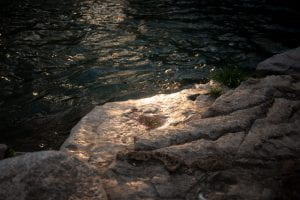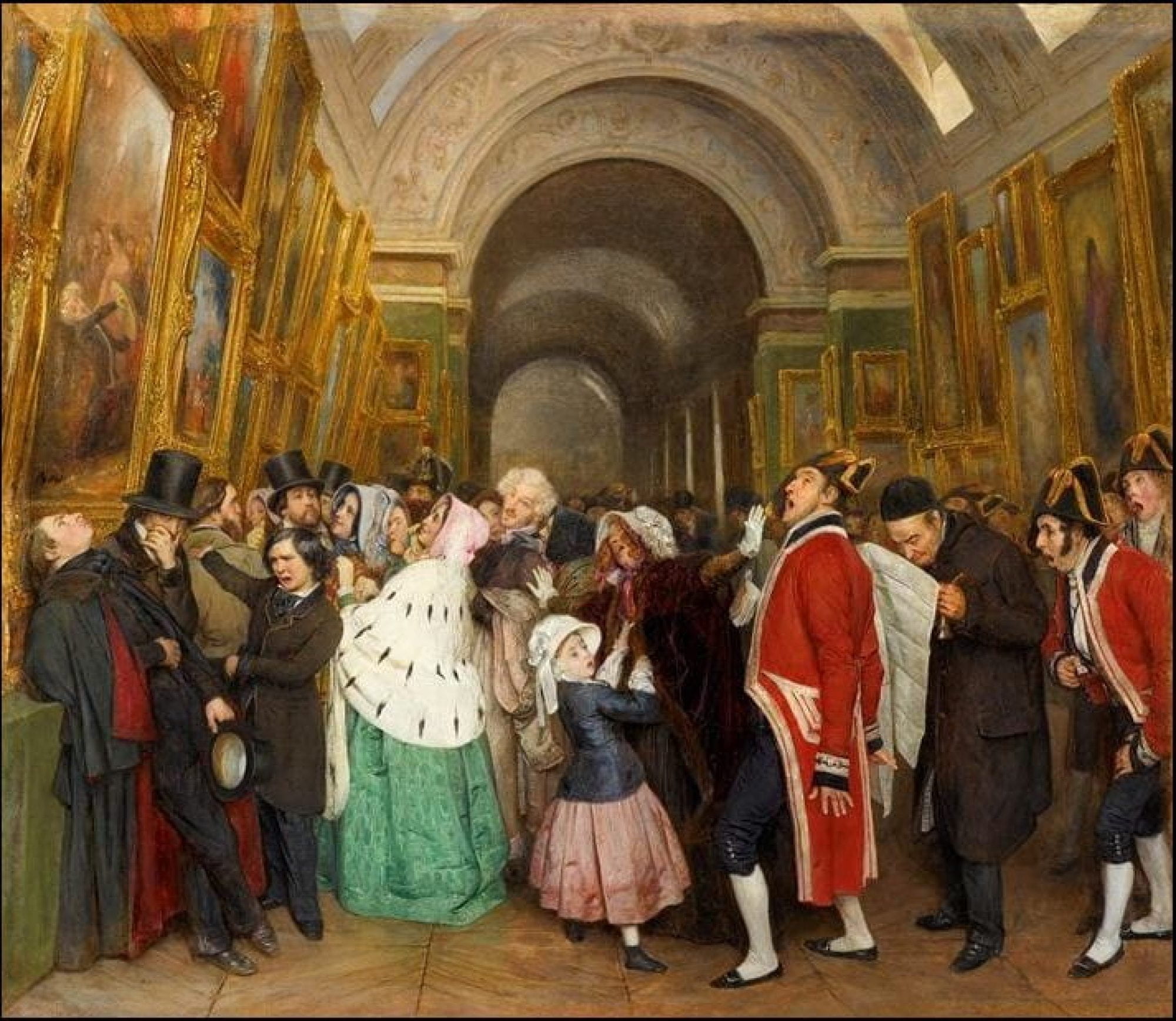
The Influences of José Vega’s Photography
Celeste Gaudin interviewing José Vega
José Vega, Along the River
CG: Hello it’s nice to meet you, I was hoping we can start with a little bit of general knowledge about you.
JV: My name’s Jose Vega. I’m a senior currently. I graduate in the fall, so kind of like a little super senior thing going on and I’m a photography major with a minor in mass communication. So doing all that and I just recently finished my thesis one as a photography major, so I get two thesis classes. I’m gonna start my 2nd thesis class in the fall as well.
CG: That’s exciting. What drew you to photography is it something you’ve always done or…?
JV: So I’ve always been around art, I grew up in like an artistic family that had musicians tv production all that good stuff. I was drawn into kind of like creating videos on YouTube and all that in middle school. That kind of turned into photography because there was like this little like picture taking mode in this camcorder that I had saved up for and I just started taking pictures with that and I just never stopped and enjoyed it. I loved being able to dissect things at 1st and just slowing down in the process of it. That was back in like I don’t know 2015-2016 and now we’re here. I mean putting in all that work and it’s been paying off. I just love it even more every year, especially seeing all the progress being made like when you can slow down and look back at all the work that you’ve made like when you update your portfolio and stuff, you’re like wow I’ve gotten way better and that’s really encouraging. Also learning how to focus on more things like storytelling and getting some emotions, more emotions. Getting better at that in your pictures. I just, what I love from photography I think is being able to observe and kind of make some associations whether they be personal ones or making associations with images in a sequence to hint or talk about a greater idea or a narrative. Yeah, I mean I just love also the theatricality of life and how that trend translates into photography. I mean we see movies all the time, but we know those are mostly artificial and with photography I take a very documentary experience-based approach to it. So, I don’t like to stage anything unless it’s for clients and stuff. But typically, it’s pretty straightforward just some color grading tonal adjustments and stuff like that. Yeah, I just like to observe the world to take it in, put it out there.
CG: So almost like a more documentary type of approach to photography?
JV: Yeah, very subjective as well though. I do understand that I have my biases and experiences and stuff like that so as objective and documentary as it can be for a photographer.
CG: Well, I don’t know a whole lot about photography, but you work in like, there’s digital and then there’s like film, right?
JV: Oh yeah, there’s a whole world within digital and within film. Thankfully through Texas state we’ve been able to practice on both. I primarily use digital but there was a time when I used a lot of film. I got the opportunity to use large format film like those big clunky cameras with super expensive film. You think 35 mm film, just like your regular film, is that expensive. You look at large format film and it’s like 10 pieces of film will run you $50 and that’s just buying the film. I do very much love the process of photographing with film, especially with large format. I absolutely fell in love with that just slowing down being very methodical and intentional with all that, but it is a little unsustainable financially. Just like time, it takes so much time but those are things you can still apply to digital which is what I do prefer because you’re still able to take your time and you’re also able to just press the shutter and get like 50 images in like 2 seconds, you know. But it’s all about how you approach it and I like to slow down with my pictures. You don’t have that little burden in the back of your head like oh this shot is gonna cost me like $10 yeah, you know, you’re just like alright it’s just a shot. But you’re still able to take your time, it just depends on your approach to digital. I do love the flexibility of digital but there is like that little feeling of film that you just can’t quite replicate and that’s okay. So primarily a digital photographer.
CG: You know you talk a lot about being really intentional and slowing down when making art. Do you have an inspiration for that? Is that something that you discovered yourself?
JV: It’s just, I am a huge fan of art history. I love learning all about art history. I took all the art history classes that I could and then like two semesters ago I ran out of art history classes, and I was like dang what do I do? But that’s where a lot of my influence comes from. There’s
Caravaggio yeah. That’s my main influence and Rembrandt, those are the two main ones. Because, of the theatrical light that they just frame all their artwork in and that’s very similar, or my work is very similar to theirs in that sense, where I try to paint these scenes with light, I mean that’s the definition of a photography, with just like this theatricality. Also, the story telling, that I get more from this contemporary photographer named Joe Greer. He’s a street photographer, he’s also a film photographer but he’s very intentional with his ephemeral and sporadic photography. Like he’s just walking around and then just goes pap, pap, you know. It seems like he’s just doing it at random but he’s very methodical. I’ve been following him for a while. Some of my other influences are Edward Weston, obviously. I’m very formal with my pictures. It’s got a very serene feeling to them. Henry Cartier-Bresson the narrative that he’s able to string together like there’s this book called Europeans that he put together and it’s a span of 27 years worth of pictures. That’s just like insane. Like I can’t even keep track of pictures that I took 4 years ago. So, I love that long haul kind of thought process. Yeah, kind of just the influence that I would say is looking at all these photographers and painters that are very interested in the dynamics of people in relationships and interactions. Especially with the painters they’re very aware of the environment that they place their subjects in. I think I take a lot from that. Which is really considering the interactions between not just the people but also the people and the environment. So, it’s like the light and the framing and you know maybe they’re like about a jump off of a little ledge or something just being very aware. Yeah, those are my main influences I would say that I can think of at the moment.
CG: What’s the response you typically get from your work?
JV: From my work, oh depends who’s looking at it. That’s not something that I get annoyed with, I understand people that don’t really look at art typically or have any training or knowledge of how to interpret artwork, they just go like oh that’s pretty, that’s nice, oh this looks like a movie, you know. Typically, that’s what I get from a friend who is not an art major or family members. From people that have an idea of what they’re looking at, they mentioned that there’s a meditative solitude and a very serene slowness to my photographs. That they seem very intentional and emotionally you know in touch with who I am, also that theatricality I like. I notice light really well and kind of activate a scene with it in my work. I guess most of the responses are that they seem very intentional and that I’m taking my time with the photographs and, thankfully, they haven’t said they are bad.
CG: That’s always good
JV: Yeah, that’s a big compliment.
CG: You know you use the word theatricality a couple times. I also really like theatrical art. Does that come from being from a family of different artists?
JV: I don’t know. It just feels right. I love the contrast between the light and the shadows. We all think we’re the main characters, you know. But kind of taking an approach to life and seeing it as a movie. It also might help dissect things. You remove yourself from it a little bit, kind of give yourself perspective. I also love the aesthetic of it. I think it’s become my aesthetic throughout a lot of my photographs. Which is really cool, finding your style takes a long time. I would say it just feels right. I’ve tried different editing styles and different approaches and this one just feels the most genuine and intentional and like it’s me.
CG: Yeah, I think that’s respectable. I think I have one last question for you. What do you hope that your art accomplishes?
JV: Man, I hope my art accomplishes in you or encourages in you a new perspective or way of thinking for a lot of people. That doesn’t have to be super deep. It can just be like I took a lot of pictures in Florence, and I wish those pictures at least would encourage people to consider whenever they travel, hey people live here too. Just maybe we consider with all my other photographs different ways of seeing. Different ways of approaching, especially nowadays, like solitude or loneliness. Being able to distinguish like it’s okay to spend you know alone time. You need it, it’s not just always loneliness.
CG: Being alone and being lonely are two different things.
JV: Yeah, exactly. I’m very aware of that. I’m an only child so I have a lot of experience with that. Just the biggest thing would be a different way of thinking. Kind of an introspection and I hope people learn something about themselves from looking at my photographs. I don’t know what that would be. You know everybody interprets photographs differently. The big overarching thing would be a different way of thinking or seeing the world. Hopefully that’s in a museum, you know I would love to have my own exhibition. Permanently somewhere, very traditional, but you know would love to leave my little mark at the Guggenheim.
